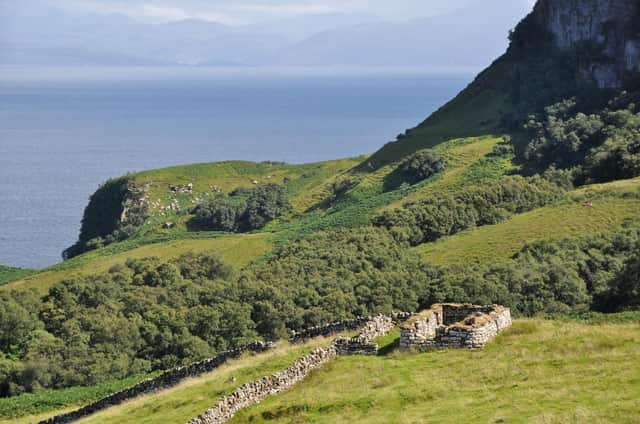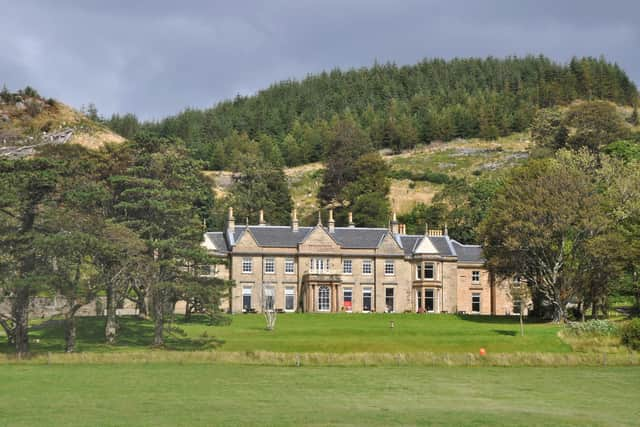The tiny Scottish island where marriage was banned by the laird


George Rainy, a slave owner, lawyer and son of a Sutherland minister, bought Raasay from the chief of MacLeod's of Raasay in 1843 for the equivalent of around £3.4m.
He bought the island with a fortune made in the the slave plantations of Demerara where he worked as an overseer and then as a manager with Sandbach, Tinne & Company, a Liverpool-based firm with deep Scottish roots which owned ships and plantations across the West Indies.
Advertisement
Hide AdAdvertisement
Hide AdOn emancipation, Rainy was awarded the equivalent of around £5.7m to compensate for the loss of almost 1,000 slaves. On returning to Britain, he settled in London before buying the island.


After arriving on Raasay, he cleared 14 townships, created sheep farms and extended his grand home of Raasay House.
At the time the laird took residence, the population of Raasay was around 670 – today it is around 190. Tenants had already left in large numbers for Cape Breton in 1841 as poverty deepened and as Rainy got to work on trying to increase profit on the island, he sought ways of controlling the numbers of those who remained.
A ban on the marriage of islanders was introduced.
A testimony to this bleak form of control was given to the Napier Commission in 1883 by Donald Macleod, a 78-year-old crofter.
When asked what became of the Raasay people, Mr Macleod spoke of emigration and the violent way the marriage ban was enforced.
He said: “They went to other kingdoms—some to America, some to Australia, and other places that they could think of. Mr Rainy enacted a rule that no-one should marry on the island. There was one man there who married in spite of him, and because he did so, he put him out of his father's house, and that man went to a bothy - to a sheep cot.
" Mr Rainy then came and demolished the sheep cot upon him, and extinguished his fire, and neither friend nor anyone else dared give him a night's shelter. He was not allowed entrance into any house."
Dr David Alston, of Cromarty, who has long researched links between the Highlands, wealth and slavery, said that George Rainy was a “ very cold and puzzling character”.
Advertisement
Hide AdAdvertisement
Hide AdAn account of him in the 1920s described him as ‘very keen’: slow-spoken, he had a sharp visage , high thin nose, and a cold quiet calculating grey eye.”
Dr Alston said: “His policy to forbid his tenants to marry was a measure of control reminiscent of the slave plantations.”
He added: “Lots of people made money in the Carribean and then got involved in the Highland Clearances but normally people made their money as an absentee landowner overseas. But Rainy was an overseer, a manager of plantation. He has started off in the Carribean where he is directly involved in the running of plantations.
“I can't think of anyone else quite like that.”